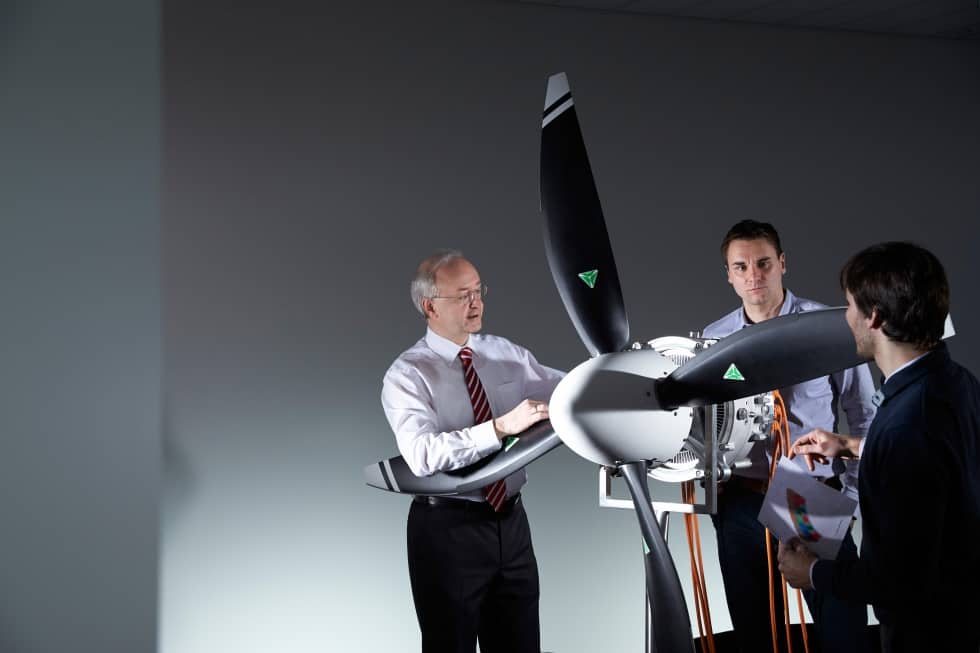Airbus and Siemens investigate hybrid-electric propulsion systems for low emission aviation
Hybrid-electric aircraft that produce significantly lower emissions than existing aeroplanes could be in the sky by 2030, as a result of a collaboration between Airbus and Siemens.


The two companies have launched a joint project to investigate various hybrid/electric propulsion systems by 2020, in a bid to determine which are the most technically feasible, and how soon they could be applied to aircraft, according to Martin Nuesseler, head of e-aircraft systems at Airbus.
“We are targeting a significant further fuel reduction on top of the improvements we will reach in the next years by incremental optimisation of existing systems,” he said. “In the years 2030 and beyond our project could gain an additional 30-40 per cent step in carbon fuel reduction.”
Airbus is already working on efforts to investigate electric aircraft, including its E-Thrust project with Rolls-Royce, which has developed a concept vehicle based on distributed propulsion.
The concept centres on a single large gas turbine, which would generate electricity to power six electric fans producing thrust. Such a system could significantly reduce emissions and improve fuel efficiency, and offers scope for greater flexibility in the design of aircraft.
Register now to continue reading
Thanks for visiting The Engineer. You’ve now reached your monthly limit of news stories. Register for free to unlock unlimited access to all of our news coverage, as well as premium content including opinion, in-depth features and special reports.
Benefits of registering
-
In-depth insights and coverage of key emerging trends
-
Unrestricted access to special reports throughout the year
-
Daily technology news delivered straight to your inbox









Water Sector Talent Exodus Could Cripple The Sector
Well let´s do a little experiment. My last (10.4.25) half-yearly water/waste water bill from Severn Trent was £98.29. How much does not-for-profit Dŵr...